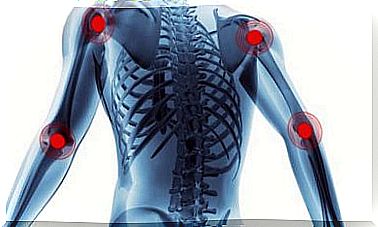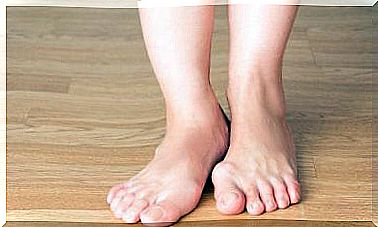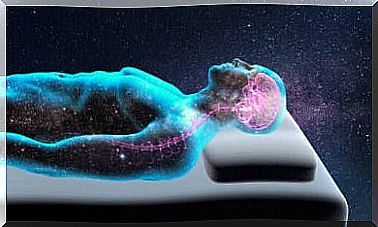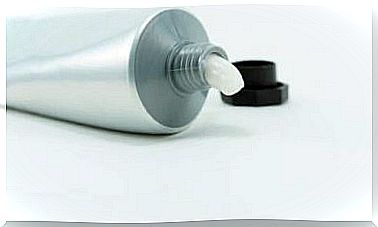How To Learn Crawl-style Swimming
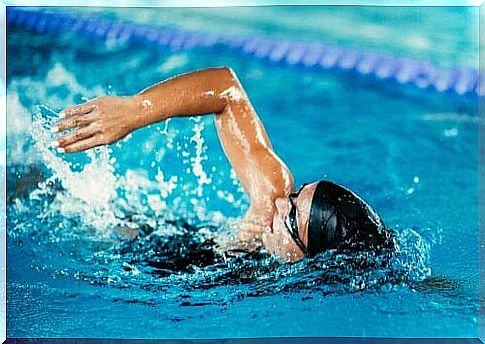
Would you like to learn crawl- style swimming for next summer? Here in our space we want to review its advantages and disadvantages, and some keys to perform your technique. Don’t hesitate to try it!
The word crawl is derived from English and means “to crawl” or “to crawl”. It is one of the styles where you can find more variations in coordination, as it allows you to breathe bilaterally, every arm cycle or every two cycles.
Crawl-style swimming : advantages and disadvantages

Before making the decision to learn to swim crawl, it ‘s good to know why it stands out and what its possible disadvantages are. Although the trainer can also provide this information, it is useful to know it in advance.
Benefits:
- It is one of the ways of swimming that offer greater comfort in the water.
- Offers the possibility to advance greater distances with less physical effort.
- It has different swimming rhythms that facilitate the experience.
Disadvantages:
- Poor execution of the breathing technique increases the risk of neck pain.
- Keeping your breath on one side increases the burden on the spine and reduces performance.
- Since most of the exercise is done looking straight ahead, underwater offers poor visibility.
Technique for learning to swim crawl style
In order to facilitate the learning of the crawl style , it is essential to divide the technique from the posture of the body to the action of the arms and legs. The ideal is to do it in order, dedicating a certain amount of time to each movement. Ready to try?
body position
To obtain optimal physical performance during crawl exercises , it is important to adopt a hydrodynamic posture. In other words, the position of the body should favor resistance to water, preventing it from slowing down movements.
What to do?
- First, be in a horizontal position in relation to the water so that you can move your feet effectively.
- On the other hand, keep your back straight and make sure your head is not too high or too low. Remember to stay in the water.
- Soon, the body is aligned laterally, product of the changes suffered by the alternating movement of the arms. If you do the right-hand stroke, the body will lean to the left and vice versa.
- Finally, you will have to balance to breathe and achieve less resistance to advancement.
action of arms
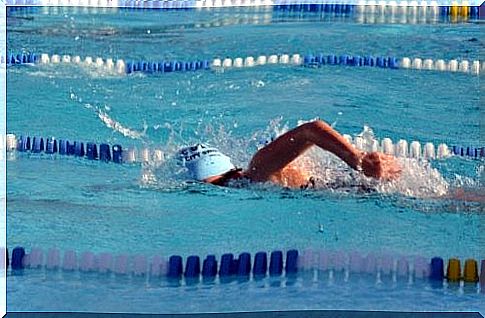
The most important propulsive action in the crawl style is performed with the arms. This is often divided into the following phases:
Adherence:
- Dip your almost extended arm into the water, above your head, so your fingers touch the surface first.
- Then point your palm outward and down, extending your elbows for better stroke range.
Pull:
- Bend your elbow until it forms an almost right angle and point your hand inward and upward.
Push:
- Extend your elbow little by little until you reach an angle of approximately 160 degrees. This time the hand is directed up and out.
Recovery:
- Bend the arm progressively to remove it from the water. When in the air, the elbow should be higher than the hand.
leg action
Without a doubt, the movement of the legs consumes more energy than the movement of the arms. However, they play an important role as stabilizers throughout the exercise. In general, the action of the legs consists of alternating sweeping diagonally.
Ascending phase :
- Keep your leg extended and direct it towards the surface. When the sole of your foot reaches the water’s edge, bend your knee.
Downward phase :
- After bending the knee, extend the legs energetically downward in a downward motion.
Breathing
One of the things that can’t be forgotten when learning to swim crawl style is breathing. If you don’t have a good technique for pulling in air, physical fatigue increases and it is difficult to finish the exercise routine.
Certainly, mechanical breathing seems simple: taking air through your mouth and expelling it underwater. However, this becomes tedious in practice because of coordination with other body movements.
What You Should Consider:
- First, inhale through your mouth and exhale through your mouth and nose.
- Also, keep in mind that the time of maximum inhalation is when the shoulder is at its highest point.
- As you breathe, part of your face should remain in the water.
- Furthermore, the expulsion of air starts immediately after inspiration.
- Finally, keep in mind that learning to breathe bilaterally is highly recommended to avoid imbalances in lateral alignment.
